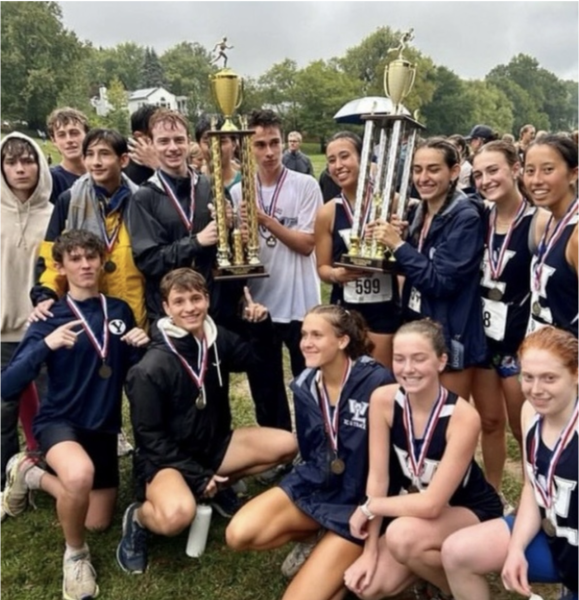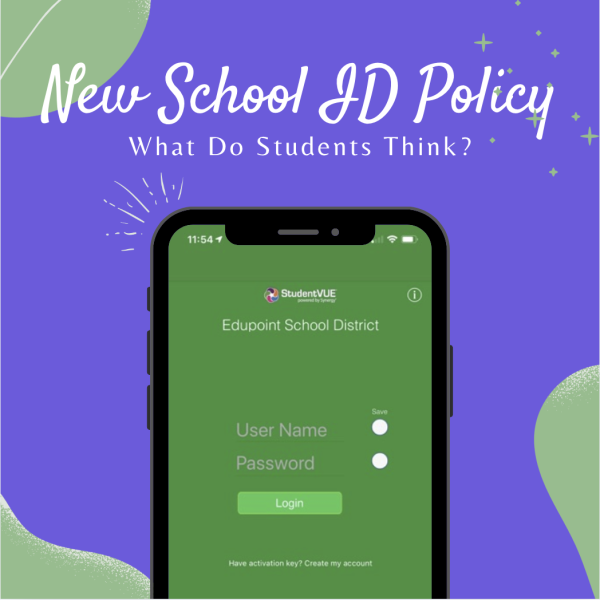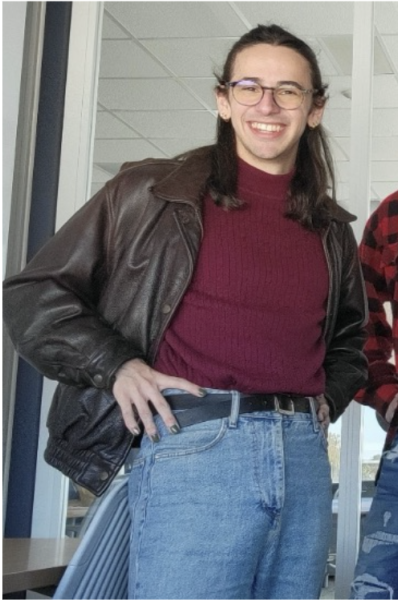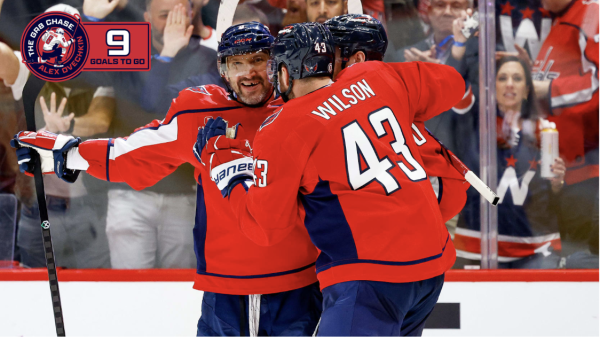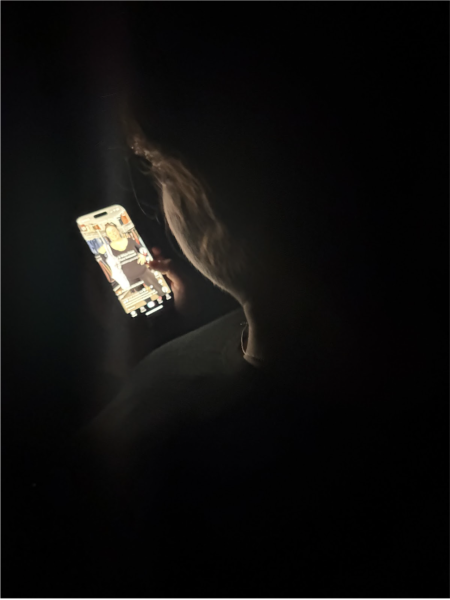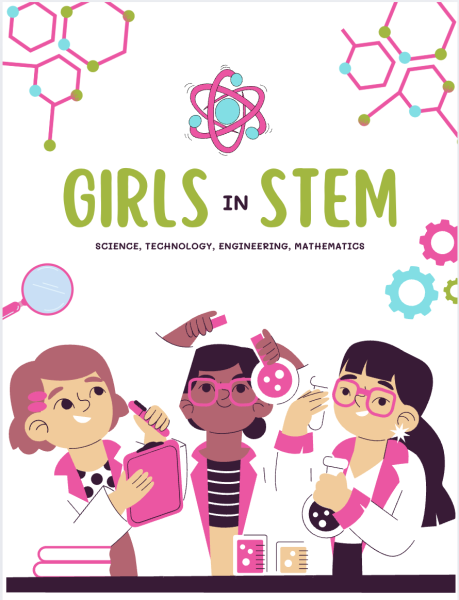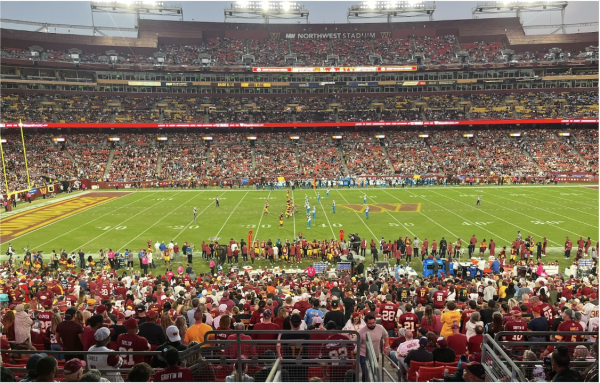Indigenous people’s fight to be recognized
The first Monday of November was met with outrage on social media. President Donald Trump declared November National American History and Founders Month. Since 1990, November was designated as National American Indian Heritage Month, approved by President George H. W. Bush.
“[Indigenous Peoples’ Month] means the recognition of the culture that is often forgotten or pushed aside as being left in the past, when it is the basis of thousands of years of communities that [are] continous to this day,” senior Sophia Perez, the vice president of the Native American Outreach Club said.
For Native Americans, November was, and is, Native American Heritage Month or Indigenous Peoples’ Month. This month celebrates diverse cultures, traditions and histories, and also acknowledges the important contributions Native Americans have given to the United States. It gives the Native Americans a chance to educate the general public about their tribes and nations.
“I think Indigenous Peoples’ Month is a big step forward because it brings attention to a large group of people that have been oppressed in the past and even more recently than many people realize,” senior Lamara Allen, president of the Native American Outreach Club, said.
Native Americans say awareness is vital. Indigenous Peoples’ Month is important, but not giving it the proper recognition of the Native Americans’ history and culture can contradict the true meaning. When trying to spread awareness about the month, social media is helpful. Social media makes it possible to broadcast the information more effectively and broadly.
“In the digital age, I think a great way to spread awareness of this month and everything it ecompasses would be through social media,” Allen said. “One reason why social media campaigns are so effective is because of the broad segment of the population they can reach.”
At the school, Allen runs the Native American Outreach Club, which is primarily a fundraising club that donates funds to Native American tribes. The club has contributed to the Bismarck- Mandan, which is an area near the Standing Rock Sioux Reservation in North Dakota. They have also helped native families that are living with a lower income.
“Last year we were able to purchase textbooks for an elementary school on Lakota language and culture and fund a nutritional program making foods more accessible to low income families,” Allen said.
Allen started the club during her junior year because of her own personal ancestry. Her grandmother told her about her own experiences from growing up on a reservation, and Allen noticed the distinction between her grandmother’s opportunities and her own. Allen also recognized the injustice toward the Native Americans’ culture and community in today’s society.
“[We are] acknowledging that there is still a lot of injustice toward the Native American culture and community,” Allen said. “I wanted to do whatever I could to contribute.”
Perez, the vice president of the Native American Outreach Club, joined the club because she was intrigued; it was the first time she had ever heard of anything Native American being represented outside of her Advanced Placement United States History class.
“[I] wanted to be apart of representing my culture… in my community,” Perez said.
Perez is part of the Chumash tribe, which is native to Southern California, near Santa Cruz, Los Angeles and Santa Barbara. Her family in Los Angeles showed her articles of clothing and pictures of her great-great-grandparents. This helped her see how her native culture has changed.
“My tribe is Chumash, native to southern California and being native has been more emphasized as I’ve grown older,” Perez said.
Perez’s family is not able to become registered with their native tribes “formally;” this means she cannot say legally she is part of the tribe. This results in them not being allowed to go on the reservation unless they bought wine from the winery owned by a wealthy Caucasian family that owns the land near their reservation. Due to Perez being under the age of 21, she will not be able to connect to her more towards her culture.
“I won’t be able to connect to my culture through the reservation until then and even then, the fact I have to go through other people who have no direct positive relations showcases the oppression [the] Chumash face to this day,” Perez said.
With the publicity of November’s meaning to Native Americans, it brings the conversation of the U.S. government’s treatment toward them and how it can be prevented from continuing on. It also brings to light what the Native Americans have had to go through over many years through living conditions and their lower income.
“With years of assimilation, discrimination and opression faced upon the Native American culture in the past and in modern day America, the exposure to living conditions and treatment by the U.S. government should be discussed more,” Perez said. “Not only talked about, but more action to be done to stop the barrier between ‘Natives’ and ‘Americans’.”
Native populations are faced with hardships of having lower incomes, lower homeownership, increasing health issues and twice the amount of poverty. With a recent article written by CBS News, “The Mining from the Cold War,” which was used to mine uranium, near tribal lands, the mines caused the Natives’ water sources to be contaminated. Water contamination caused illness and famine. Government officials offer no regulations or resolutions to help the Natives. The mines being so near, Native Americans water sources are contaminated, which in turn causes illness and famine. The government offers no regulations or resolutions.
“The United States has repeatedly denied Natives the same land rights, civil and natural liberties as the ‘American’ counterpart,” Perez said.
The Native American Outreach Club helps educate people by presenting a small presentation on different social, political, historical and economical aspects of Native American life each meeting. Within their presentation they tie what they presented to modern-day America. They also talk about the stigmas of Native Americans. The club also hosts events at the Arlington Public Library, such as a book reading of Native American author Tommy Orange’s book, “There, There.”
“Each meeting there is a small presentation on… different social, political, historical [and] economical aspects of Native life that we tie back to modern day America with primary sources, videos, books and et cetera,” Perez said.
“[An] integral component of the club is talking about stigmas and issues faced by Native Americans today in an effort to educate members and the greater [school] community,” Allen said.
The Native American Outreach Club is open for anyone at the school to join. They want to spread the message about Native Americans and believe in letting people know to resist ignorance.
“There are more than enough resources to learn about Native culture as most people in America do hold Native blood in them,” Perez said. “Be informed, get involved and make a difference in your community!”


